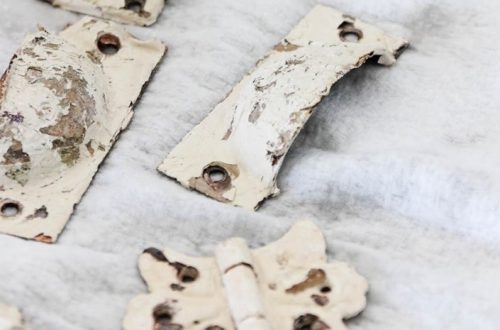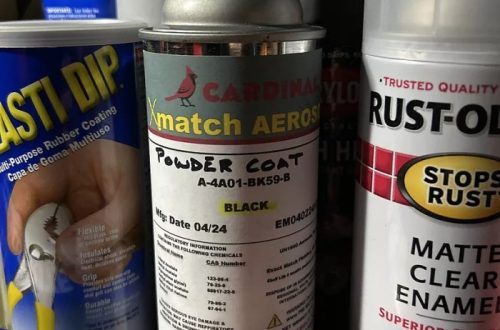Part 1: Getting Started
Watercolor painting is a beautiful and versatile medium that can help beginner artists to bring their creativity to life. Here are two essential steps to begin your watercolor journey.
1. Gather Materials
Before starting your watercolor journey, it’s essential to gather the necessary materials. You will need high-quality watercolor paper, watercolor paints, a variety of brushes, a palette, and a container of water. Invest in good quality materials, as they can significantly impact your painting process and outcome.
2. Learn Basic Techniques
Familiarize yourself with the basic watercolor techniques such as wet-on-wet, wet-on-dry, and dry brushing. These techniques will help you understand how watercolor behaves on paper and how to achieve different effects. Practice each technique to gain confidence and control over your brushwork.
Part 2: Understanding Color
Understanding color theory is crucial in watercolor painting as it allows you to achieve the desired mood and atmosphere in your artwork. Here are two important steps to help you understand color in watercolor painting.
1. Color Wheel
Familiarize yourself with the color wheel and learn about primary, secondary, and tertiary colors. Understanding color relationships and how colors interact with each other will help you create harmonious and balanced compositions.
2. Mixing Colors
Experiment with color mixing to understand how different pigments blend and interact. Start with a limited palette of primary colors and practice mixing them to create a wide range of hues. Learning to mix colors will give you more control over your palette and enhance your color-mixing skills.
Part 3: Basic Landscape Painting
Landscape painting is a popular subject for watercolor artists, offering a wide range of opportunities for creativity and expression. Here are two steps to begin painting landscapes with watercolors.
1. Sketching
Start by sketching the basic outline of your landscape on watercolor paper using a pencil or light wash of paint. Pay attention to the composition and placement of elements such as mountains, trees, and water bodies. A well-planned sketch will serve as a guide for your watercolor painting.
2. Layering
Begin by applying light washes of color to build the foundation of your landscape. Work from the background to the foreground, allowing each layer to dry before adding more layers. This technique will help you create depth and dimension in your landscape, capturing the beauty of distant and nearby elements.
Part 4: Final Touches and Experimentation
Once you have mastered the basics of watercolor painting, it’s time to add final touches and experiment with advanced techniques. Here are two steps to enhance your watercolor painting skills.
1. Details and Textures
Add final details and textures to bring your landscape to life. Use smaller brushes and finer strokes to depict intricate details such as foliage, rocks, and textures in your landscape. Experiment with different brushstrokes and techniques to add visual interest and realism to your artwork.
2. Experimentation
Watercolor painting offers endless opportunities for experimentation. Explore different techniques such as lifting, splattering, and masking to create unique effects and textures in your artwork. Embrace experimentation as a way to push the boundaries of traditional watercolor painting and develop your own artistic style.
In conclusion, watercolor painting is a rewarding and expressive medium that allows beginners to explore their creativity and connect with the beauty of the natural world. By following these step-by-step guidelines, beginners can build a strong foundation in watercolor painting and embark on a fulfilling artistic journey.



